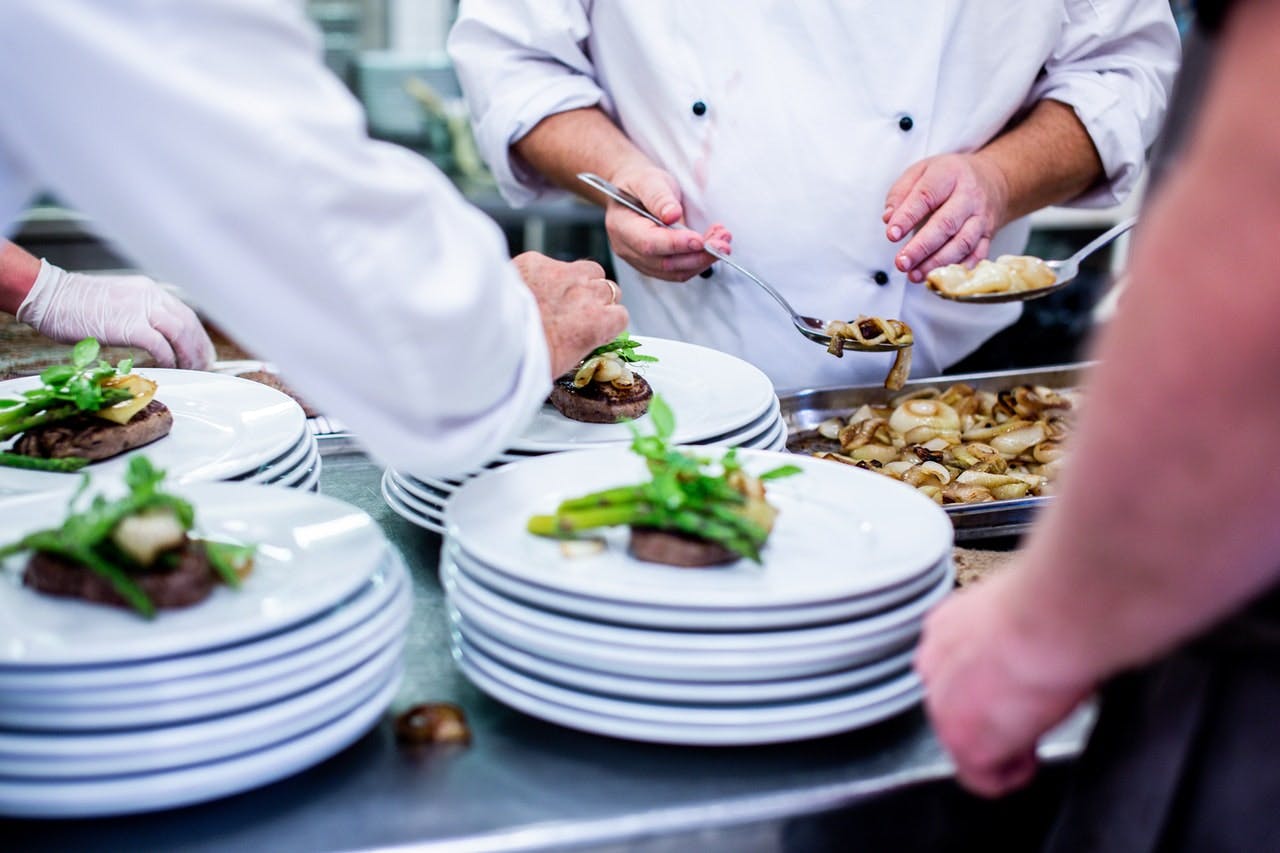A key part of running a successful restaurant is maintaining a clean and healthy environment from the kitchen to the dining room. Your entire staff, from dishwashers and food preppers to cooks and servers, must be aware of the potential risks of health code violations.
Although most restaurant owners have the deepest concern for their employees’ and customers’ health and safety, they still despise the surprise visit from the health inspector. Yet, this doesn’t have to be an agonizing experience. By following the proper food handling protocols, having a good HACCP plan in place, and using intuitive mobile inspection software, staying compliant has never been easier.
Read on to learn what it means to have an HACCP plan, what to expect from the dreaded health inspector visit, and how to avoid the seven most common restaurant health violations.
- What You Need to Know About Restaurant Health Codes
- What is an HACCP Plan?
- Who Enforces Health Codes for Restaurants?
- What Happens During A Restaurant Health Inspection?
- 7 Common Health Code Violations and How to Avoid Them
- Violation #1: Cross-Contamination
- Violation #2: Improper Food Storage
- Violation #3: Improperly Storing Dishes, Tools, and Utensils
- Violation #4: Time and Temperature Control (TTC)
- Violation #5: Inadequate Kitchen Sanitization
- Violation #6: Improper Chemical Use and Storage
- Violation #7: Substandard Personal Hygiene
- Looking for an All-in-One Solution to Help You Ace Your Next Health Inspection?
What You Need to Know About Restaurant Health Codes
Restaurant health codes keep your patrons safe from foodborne illnesses caused by health code violations such as:
- A lack of time and temperature control
- Unsafe food storage and practices
- Cross-contamination
- Unsanitary kitchens, tools, equipment, and personal hygiene
Failing to comply with these regulated health measures can lead to restaurant health violations which can then lead to fines or, even worse, restaurant closure. The easiest way to stay compliant with restaurant health codes is by having an HACCP plan in place for following health and safety protocols.

What is an HACCP Plan?
HACCP stands for Hazard Analysis and Critical Control Points. An HACCP plan enables better control over physical, chemical, and biological hazards regarding the use, storage, preparation, transportation, and sale of perishable products. It also establishes critical control points like time, temperature, and proper handling during food production.
Consider incorporating a restaurant opening and closing checklist in your HACCP plan to ensure nothing gets missed before, during, and after each day.
Who Enforces Health Codes for Restaurants?
Health department personnel from your county or state are in control of any restaurant health inspection and enforce the guidelines created by the US Food and Drug Administration. Some states conduct health inspections every six months, while others inspect up to four times yearly. A restaurant health inspection is also required whenever a customer complains to the health department.
What Happens During A Restaurant Health Inspection?
Your health inspector looks for things like whether your restaurant is storing, prepping, and serving food at the proper temperatures and that you’re taking the proper precautions to avoid temperature danger zones. In addition, they check for compliance with regulations, municipal bylaws, and food safety laws.
Your inspector may also examine documentation such as recipes, temperature, maintenance, food safety management systems, updated certification and licensing, and employee illness records.
Once the inspection is complete, the inspector grades your restaurant based on their findings. You can remedy minor infractions immediately, but any critical violations require a follow-up visit. You may be issued disciplinary actions such as:
- A warning for minor violations
- Fines for repeat and intermediate infractions
- Fines and potential restaurant closure for more severe health code violations
7 Common Health Code Violations and How to Avoid Them
Because restaurant health inspectors are known to show up unexpectedly, it’s essential to have a plan to stay compliant with health codes. You can use the information from a previous inspection to create your own checklist to ensure all protocols are in place and followed.
Here are some of the most common restaurant health code violations and how you can avoid them:
Violation #1: Cross-Contamination
Cross-contamination means transferring harmful bacteria from one person, place, or object to another and can seriously harm your guests. Avoiding cross-contamination is crucial in preventing foodborne illnesses, so it’s one of the most important facets of food safety. Contamination can happen during all stages of the cooking process from:
- Misusing utensils, tools, or equipment
- Substandard personal hygiene
- Maintaining an unsafe and unsanitary kitchen
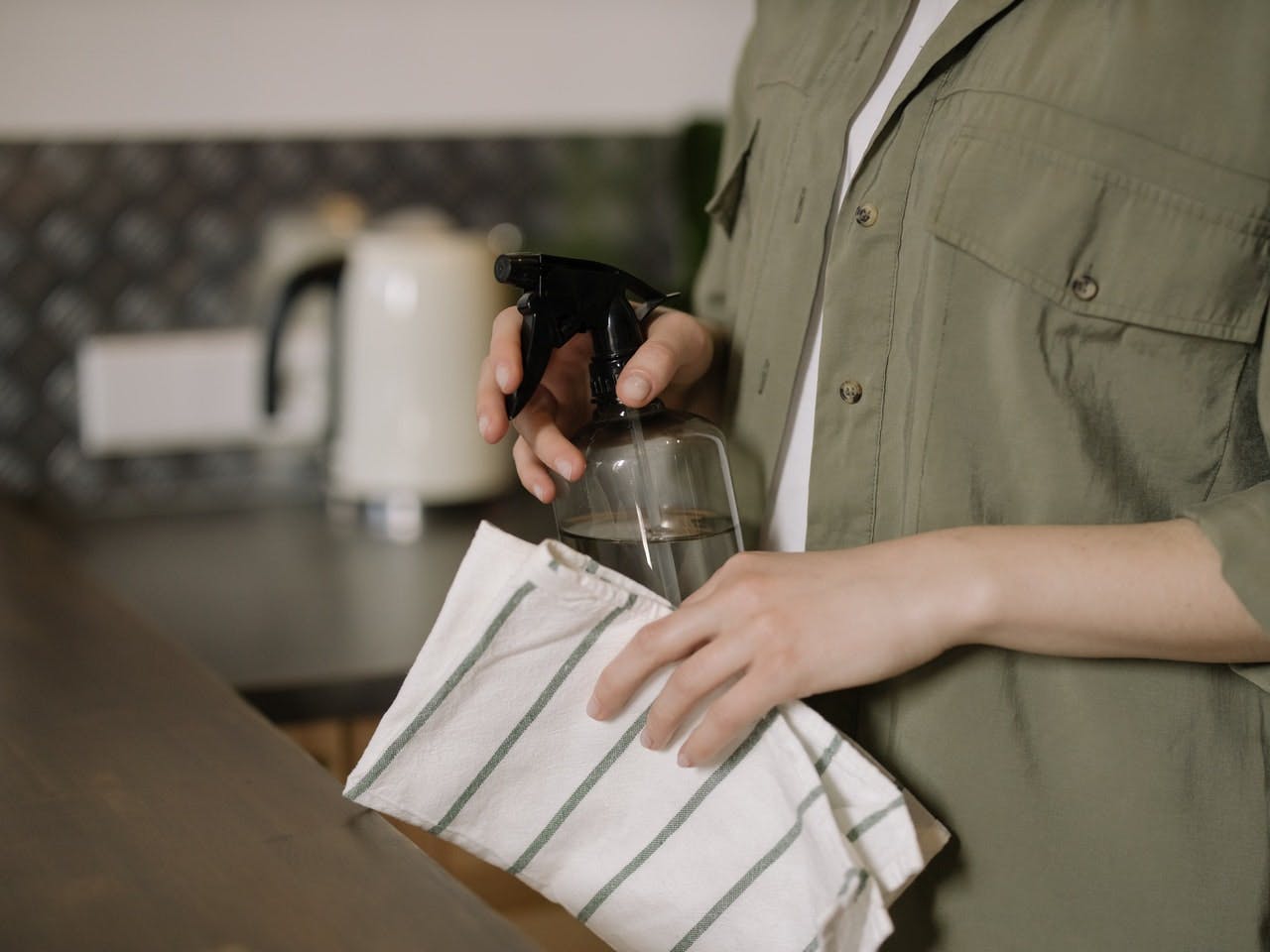
Avoid the possibility of cross-contamination by:
- Using separate knives and cutting boards for cutting chicken and vegetables. Sanitize everything that touches raw chicken.
- Keeping the ice scoop out of the ice machine. Anything stored inside the ice machine can be a source of cross-contamination.
- Never using glass to scoop ice. This is a significant hazard as the glass can chip and contaminate the ice.
- Never handling serving plates or glasses by the rim — especially your servers. Rims are a good place for bacteria on fingers (from serving other guests or handling payments) to spread to the eating and drinking surfaces of plates and glasses.
- Sanitizing cleaning towels between uses
- Enforcing mandatory food handling certification to understand the risks of and prevent cross-contamination
Violation #2: Improper Food Storage
Proper food storage is vital in maintaining food safety in your restaurant. Perishable items not being cooked or used for prep-work must be kept in approved containers, labeled, dated, and stored according to safe practices.
Storing food properly prevents cross-contamination and unnecessary food spoilage. Inspectors look for health code violations in your dry storage area, cold storage, and freezer.
Store your refrigerated foods from top-to-bottom shelf in this order:
- Ready-to-eat food
- Seafood
- Raw pork and beef
- Fish and ground meats
- Raw poultry and ground poultry
Avoid the most common food storage mistakes by:
- Always using commercial-grade storage containers approved for food and not just regular household containers
- Labeling and dating all storage containers (that aren’t the original containers)
- Keeping your refrigerated items on the appropriate shelves — never put raw chicken above anything
- Never storing containers on the floor of the walk-in refrigerator (pails and boxes should also be up on shelves)
- Training staff on how to use the first-in-first-out (FIFO) system (rotating stock to use older items first)
- Checking on stored foods daily and immediately discarding anything spoiled, expired, or incorrectly stored
Violation #3: Improperly Storing Dishes, Tools, and Utensils
Store your clean and sanitized dishes, tools, and utensils properly to avoid cross-contamination issues. This means air drying after sanitization and keeping them away from other items to allow adequate airflow around each one. Failing to air dry your dishes, tools, and utensils risks trapped moisture, promoting bacteria growth that can then pass over to your food and make people sick.
Stay in line with proper tool and utensil storage by:
- Skipping the towels and air drying all tools, utensils, and dishes
- Storing your cutting boards on edge (avoid stacking or laying them flat)
- Storing all chef knives in a knife holder and not in a bin or drawer
- Setting aside “in use” utensils in dipper wells with continuously running water to remove food particles
- Keeping your kitchen organized with a designated place for every dish, tool, and utensil
- Training your dishwasher staff on the proper sanitization and air drying procedures
Violation #4: Time and Temperature Control (TTC)
Time and temperature control are a top priority in food safety. Not paying attention to TTC can lead to bacterial growth in foods and foodborne illness. Your health inspector checks for proper control by testing random foods throughout your kitchen, such as foods kept in cold or hot storage, reheated foods, and the food displayed in your buffet.
Stay in line with proper TTC procedures by keeping all food, including cold, hot, raw, and cooked, at their designated food-safe temperatures for the recommended time.
Avoid the most common time and temperature control mistakes by:
- Thawing frozen meats or fish in the refrigerator, microwave, or in cold water and not on the counter
- Not leaving anything out that you’re not using. For example, if you take something out of cold storage, prep or cook it, then put whatever you didn’t use back in cold storage
- Labeling and monitoring all time-controlled foods (foods on display or being served)
- Cooling foods according to their approved process before placing them in cold storage
- Training your staff thoroughly on how to:
- Properly label foods
- Thaw frozen foods
- Use food thermometers
Having an HACCP plan in place enables you to spot potential TTC violations before your health inspector does.
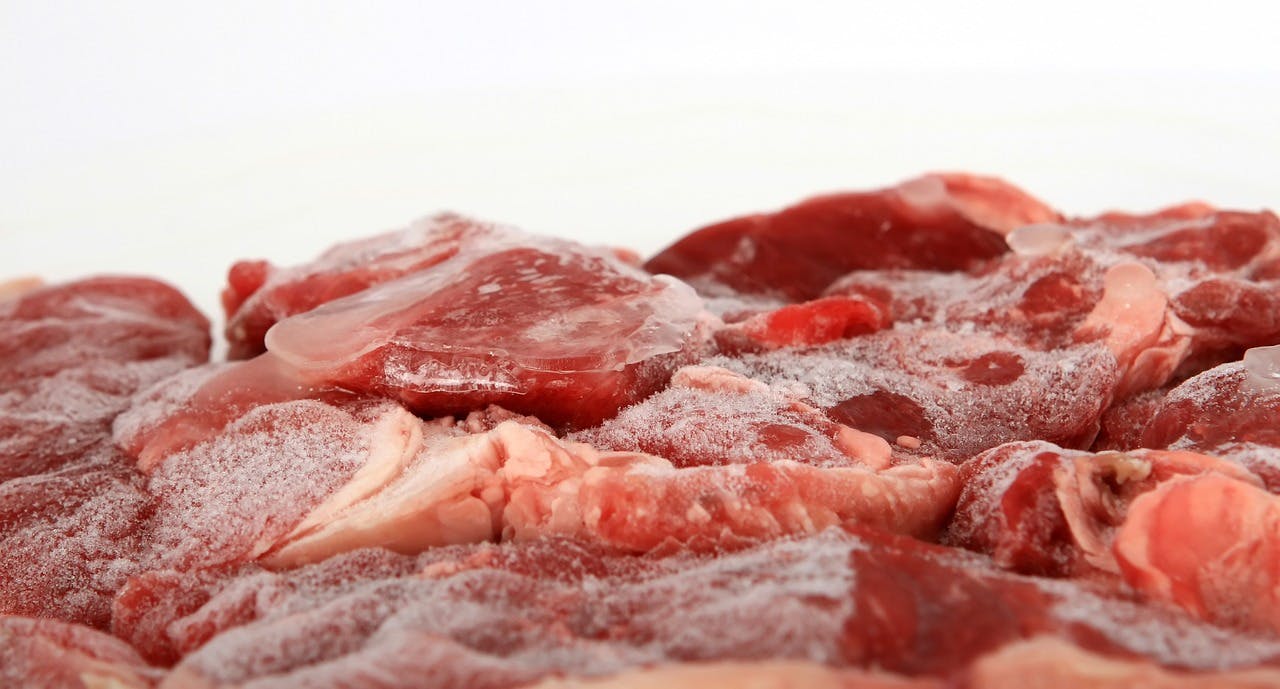
Violation #5: Inadequate Kitchen Sanitization
You need a clean kitchen to prepare food safely. This means regularly wiping down and sanitizing all work surfaces and equipment. Ensure your staff cleans everything from visible surfaces like grease buildup on equipment (that can affect the taste of food and warrant a fire hazard) to anything hidden like food debris in, beneath, or behind your equipment that can invite unwanted pests to the kitchen.
Avoid the most common kitchen sanitization mistakes by regularly:
- Using degreaser and emptying grease traps
- Sweeping and cleaning underneath all equipment
- Washing ice machines to prevent mold growth
- Taking apart and cleaning all soda machine nozzles to avoid bacteria
- Using rust-resistant or drop mat shelving
- Creating a restaurant cleaning checklist that all staff must follow
- Training your staff to abide by set daily, weekly, and monthly cleaning protocols
Violation #6: Improper Chemical Use and Storage
Chemicals are essential for properly cleaning and sanitizing your commercial kitchen, from hard surfaces to tools and equipment. But not using or storing these chemicals properly can leave you with a health code violation. Health inspectors look for things like bottles of cleaning solution sitting next to food dishes or cooking pans. Even if an employee only means to leave it there for a second, that second is all it takes to result in a violation. Chemicals left anywhere near food are a definite no-no.
Stay compliant with chemical use and storage by:
- Not storing chemicals anywhere near food, including on any shelving either above or below
- Creating designated storage locations for all cleaning supplies
- Properly labeling all spray bottles and containers to identify chemicals
- Following the recommended mixing ratios for sanitizers and cleaning solutions. Your inspector may test them to ensure you have the right strength and concentration to kill bacteria and germs.
Violation #7: Substandard Personal Hygiene
Ensuring the best personal hygiene of your staff is crucial to maintaining food safety, avoiding health code violations, and preventing the spread of foodborne illnesses. Personal hygiene covers everything from handwashing and not touching your face when working with food to wearing staff uniforms and personal protective equipment (PPE) like gloves or hairnets.
If any staff member regularly engages in bad habits like improper hand washing or not wearing a hairnet, they’ll likely do the same in front of your health inspector.
Avoid personal hygiene infractions by:
- Wearing a hairnet or cap when preparing food
- Removing jewelry like bracelets, watches, or rings
- Following proper handwashing guidelines such as using antibacterial soap and warm water and scrubbing hands for a minimum of 20 seconds at a designated handwashing sink (which should have appropriate signage or labeling) stocked with soap and fresh paper towels at all times
- Keeping employee beverages covered with a lid and placed in designated areas
- Creating an in-depth hygiene training program with regular follow-ups
- Providing clean PPE such as aprons, hats, hairnets, and gloves
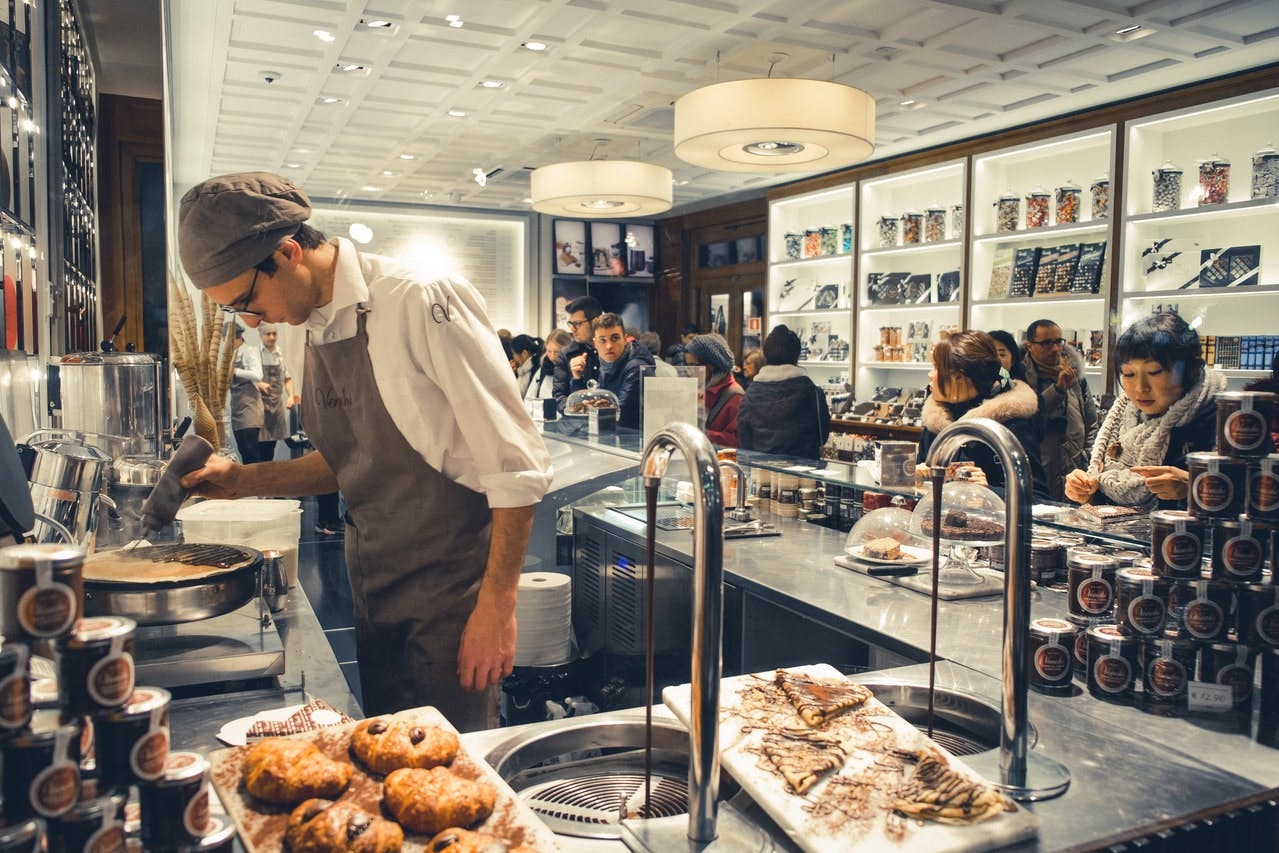
Looking for an All-in-One Solution to Help You Ace Your Next Health Inspection?
High safety and quality standards are the foundation of a successful business. Get complete visibility into your restaurant operations and reduce non-compliance violations with monitorQA — an intuitive mobile inspection app designed for users on the go.
Our self-inspection mode puts you in the inspector’s shoes. Practice health inspections before your external audits happen by snapping photos of behavior or maintenance issues, annotating photos for clarity and attaching them to your audit report, automating tasks and alerts, assigning corrective actions, and scheduling follow-up inspections until you’re satisfied with the results.
Start your free trial today.
last modified:09.17.24
Recent Posts
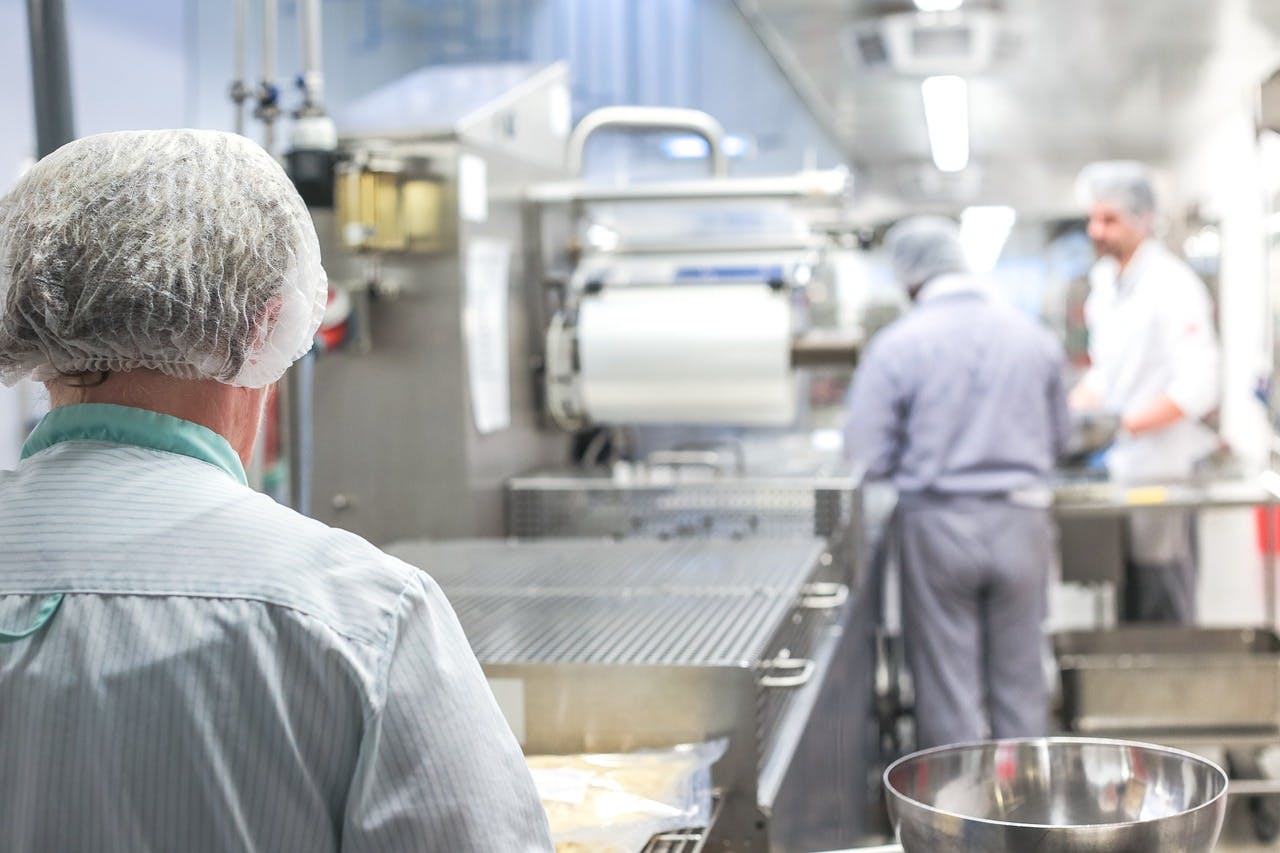
Top 5 Food Processing Industry Trends That Matter in 2025

Keeping Up With Compliance Trends 2025
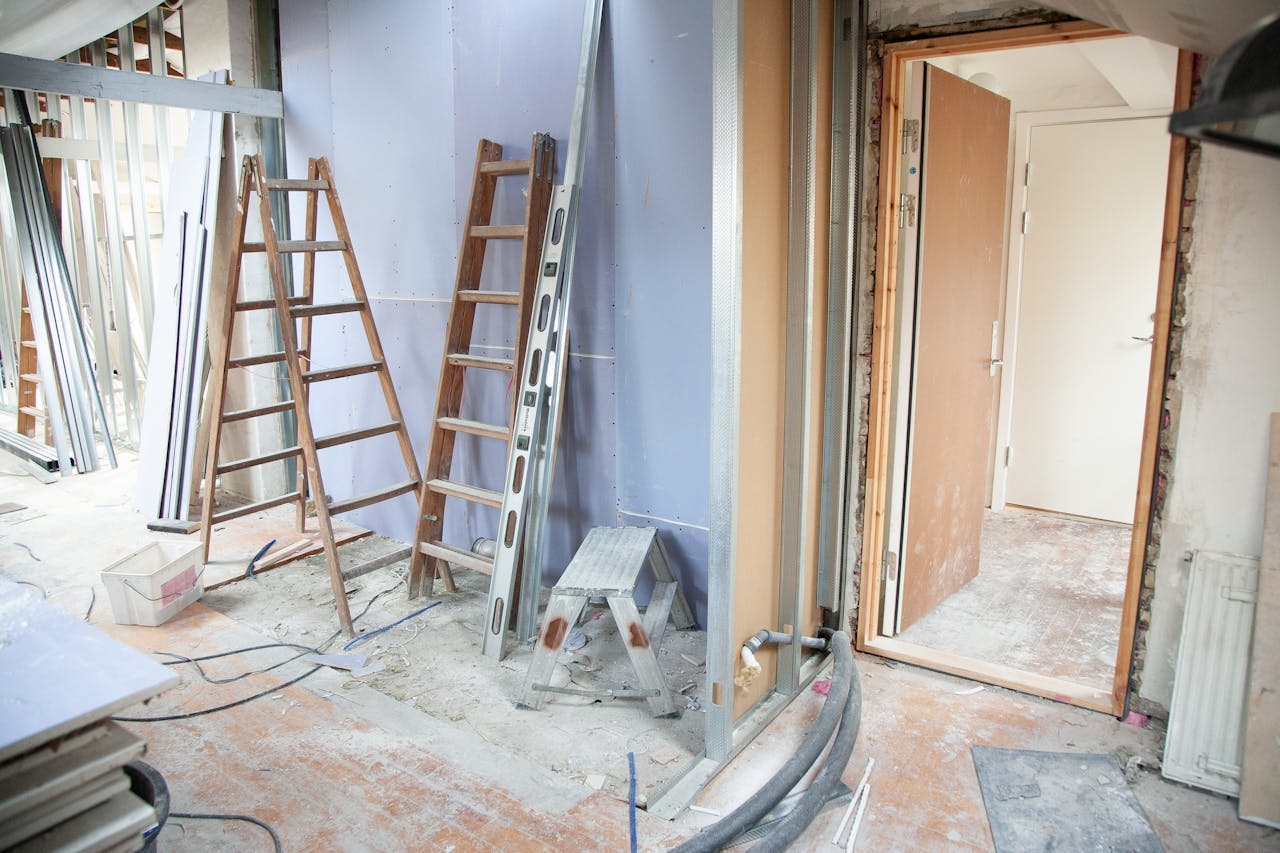
OSHA Ladder Safety 101: How to Meet OSHA Standards and Keep Your Workers Safe
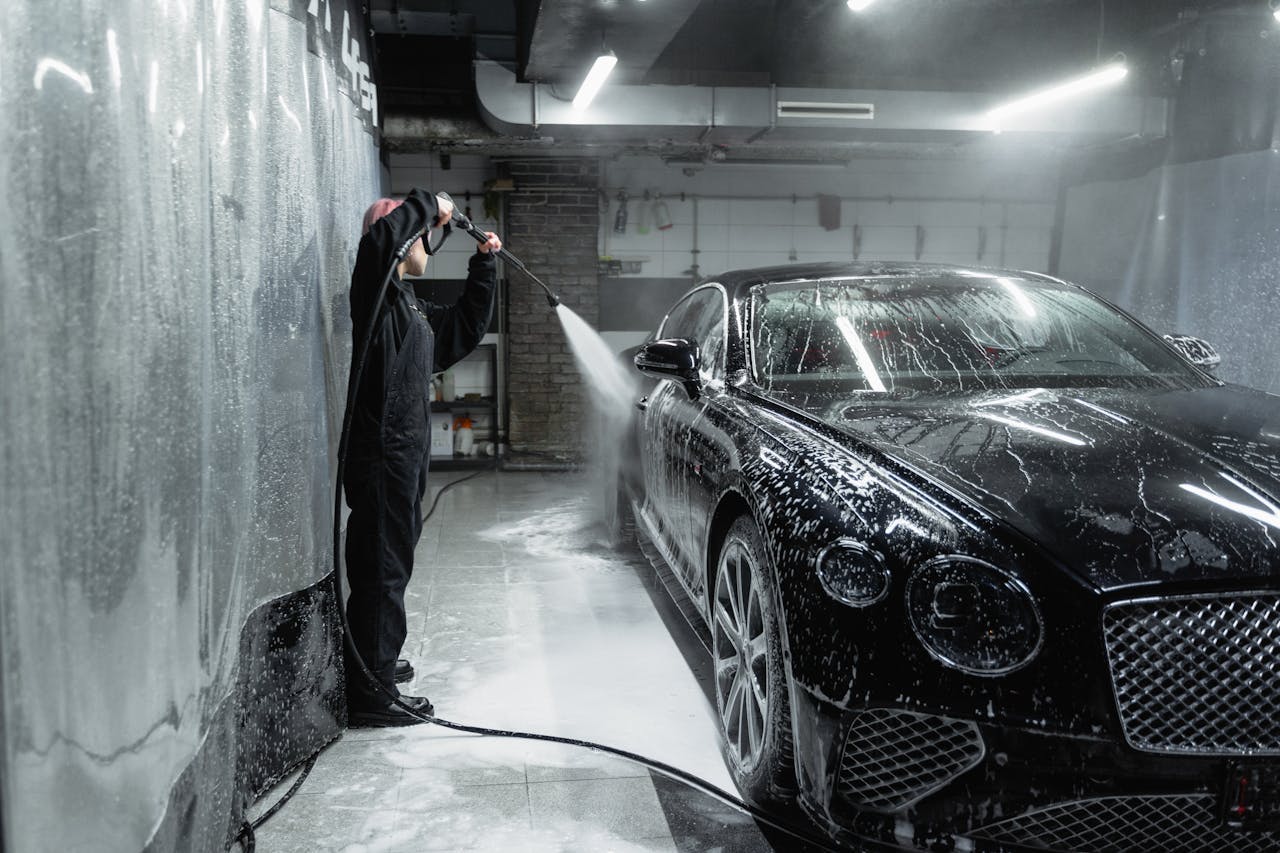
Car Wash Safety: Regulations & Best Practices You Need to Know
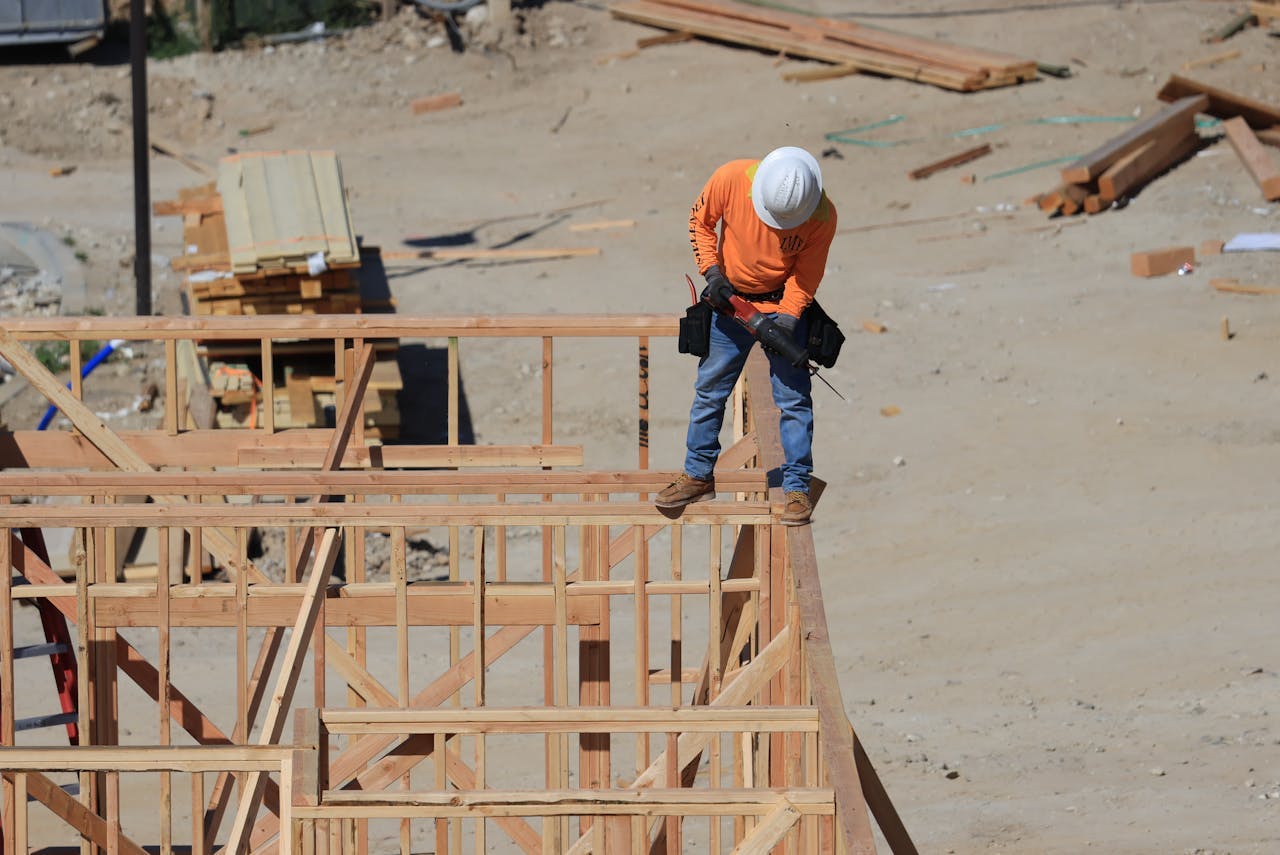
Fall Hazards At Work: How To Keep Your Employees Safe

The High Price of Neglect: OSHA Violations and Penalties

Expert Advice on Preventing Workplace Electrical Hazards
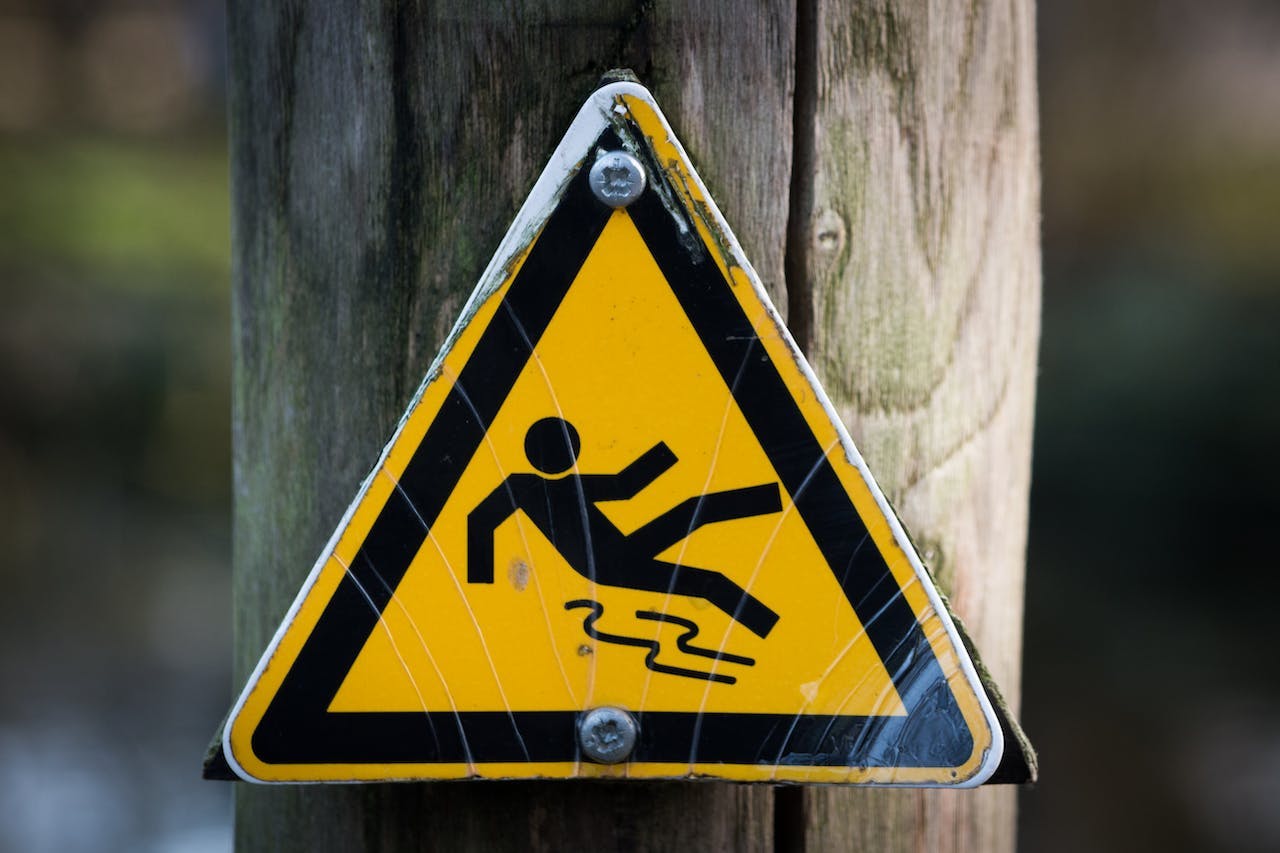
Slips, Trips and Falls in the Workplace: Best Practices

HSEQ Audit: The Complete Guide
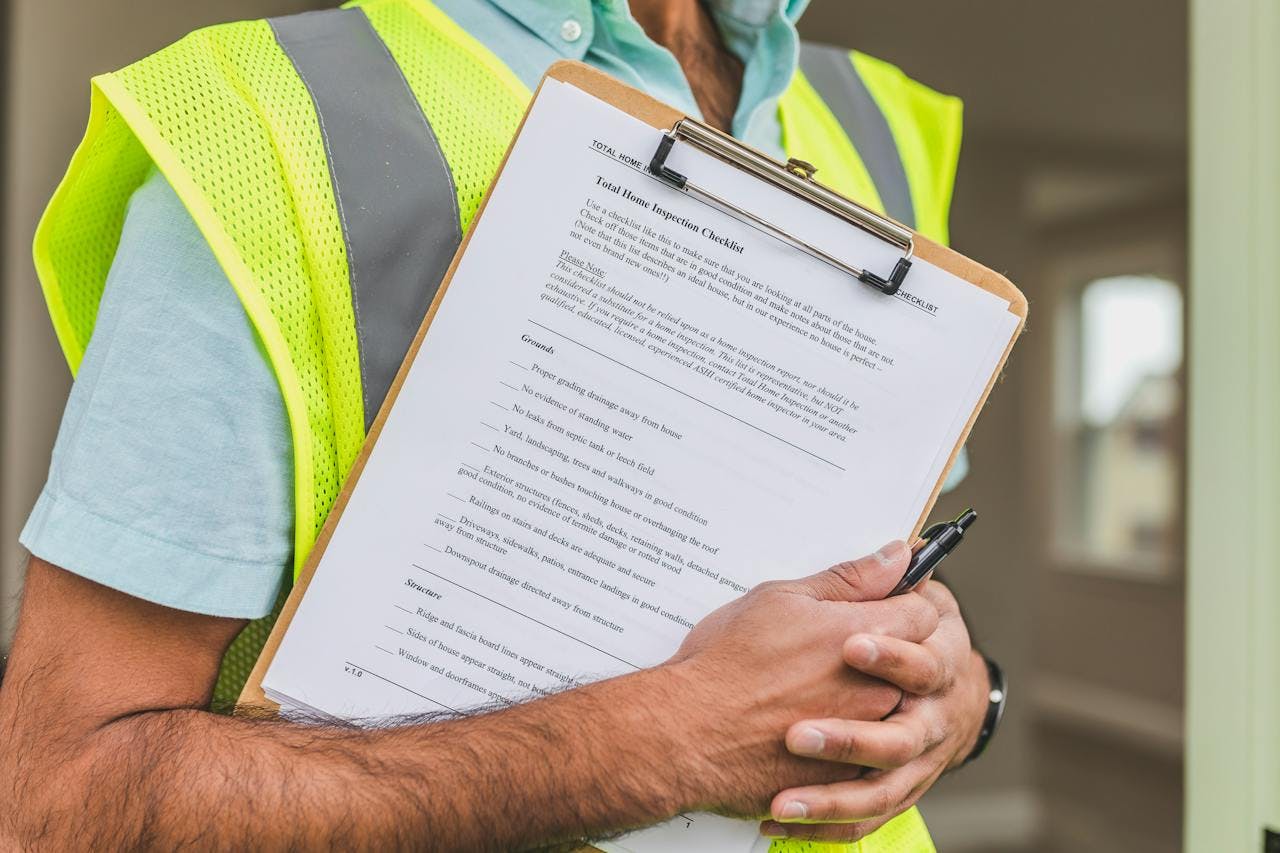
Improve Safety: Inspection Management Software Benefits
